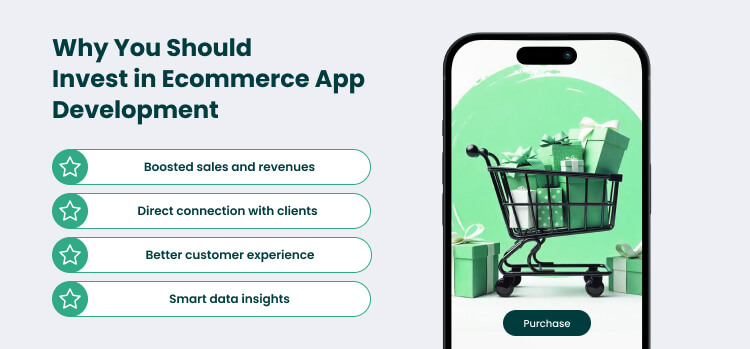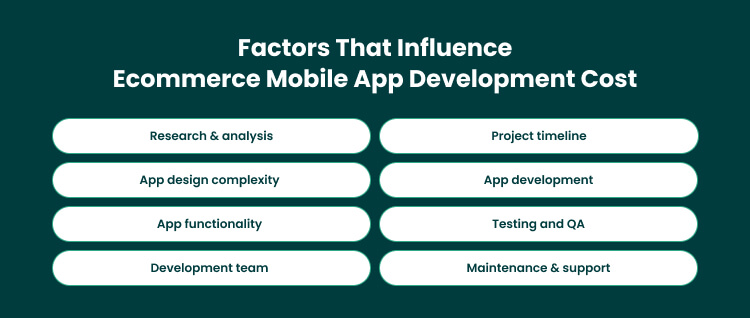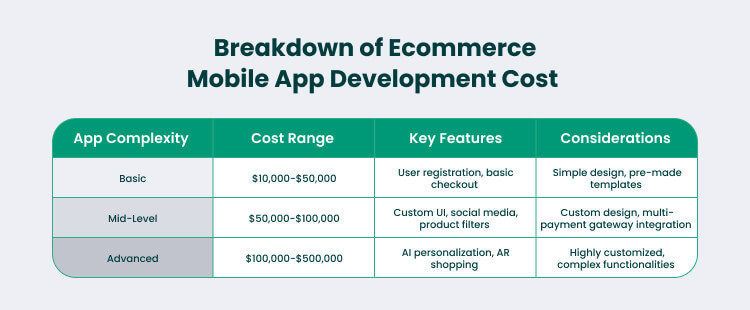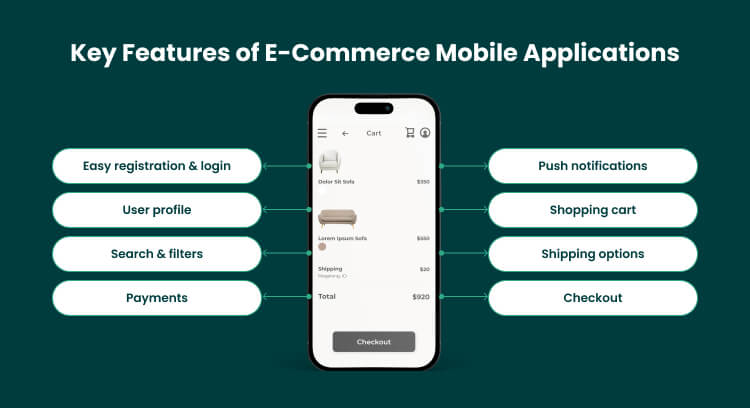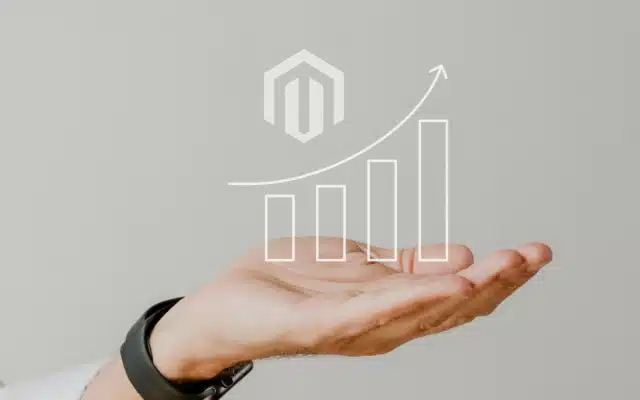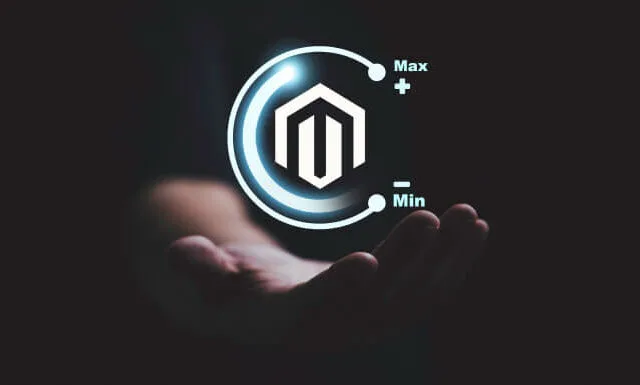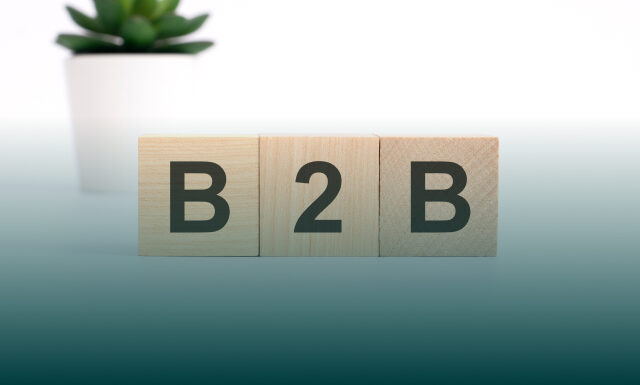Imagine this: You have a brilliant idea for an ecommerce app with a sleek design, smooth navigation, and a checkout process that is so seamless that customers keep coming back.
Or maybe you’ve already built a successful web-based store. Sales are rolling in and customers are happy, but something is missing.
More and more shoppers are browsing on their phones, and you realize: It’s time to develop a mobile app. But then, the big question hits: How much will it cost?
Ecommerce mobile app development cost depends on several key factors. First, consider app complexity: the more features your app has, the bigger its budget will be. Second, think about design and user experience. Creating a polished, user-friendly interface requires time and expertise. Finally, don’t overlook third-party integrations, like payment gateways and analytics tools, which can enhance your app’s functionality but increase costs.
By understanding these elements, you’ll be better equipped to plan an effective budget. But you might be thinking, “Why is this so complicated? I still can’t imagine how much my ecommerce mobile app development cost can be.”
That’s exactly why we’re here. In this article, we’ll break down the key cost factors, help you estimate a realistic budget, and explain why developing an ecommerce mobile app is a smart investment. Let’s dive in!
Why Developing Ecommerce Apps Is a Good Idea
The ecommerce market is booming, with sales expected to hit $4.1 trillion in 2024. Mobile shopping is growing fast, making up 53% of global ecommerce sales in 2023. With over 30% of smartphone users shopping weekly, a mobile app isn’t just a nice-to-have, it’s a must. It helps you reach more customers, boost sales, and stay ahead of the competition. Let’s clarify why ecommerce mobile development app cost is worth spending.
Boosted sales and revenues
An ecommerce app makes shopping quick and easy with one-click purchases and saved payment methods. Customers love the convenience and keep coming back. Deals and push notifications boost sales, while a smooth checkout increases conversions by up to 80%. The easier the process, the more people buy.
Direct connection with customers
An ecommerce app helps you stay connected with customers through push notifications and personalized updates. Built-in analytics let you fine-tune your marketing for better engagement, especially useful for startups improving their MVPs. Investing in ecommerce app development cost ensures a tailored user experience, boosting conversions by 20% and increasing customer satisfaction.
Better customer experience and loyalty
A great mobile app makes shopping easy and enjoyable. With tailored recommendations and loyalty programs, customers feel valued and keep coming back. In fact, 60% of shoppers say they’ll return after a customized experience. Keep them happy, and they’ll stick with your brand.
Smart data insights
Ecommerce apps gather useful data about how customers shop. This helps you understand their behavior and improve your products. Using data to make a choice can also help reduce risks and improve service. Companies that use data-driven decisions see an average 8% increase in revenue and a 10% cut in costs.
As you can see, developing an ecommerce app is a smart investment. Its success depends on the value you offer your customers and how your app meets their needs. The better the solution, the more benefits your clients will get.
What Factors Influence Ecommerce Mobile App Development Cost
Ecommerce mobile app development cost depends on several factors that affect its final price. We’ve outlined these for you so you can get a rough idea of the budget you’ll need.
- Research & analysis: Understanding your market and users is crucial. This phase helps shape the app’s features and design, ensuring it meets user needs and stands out from competitors.
- App design complexity: A sophisticated design improves user experience but requires more time and expertise, which increases costs. It’s important to strike a balance between rich features and your budget.
- App functionality: More complex features like AI recommendations or AR views need more coding and resources, which raises the cost. Simple apps with basic features are cheaper to develop.
- Development team size & location: A larger team can speed up development but costs more. The location of your development team also matters, with teams in high-cost regions charging more.
- Project timeline: Tighter schedules require more resources and can increase costs. A longer timeline allows for better resource allocation and lower costs.
- App development process: Choosing the right technologies and platforms impacts cost. Advanced features and native development tend to be more expensive but offer better performance.
- Testing and QA: Rigorous testing ensures a reliable and user-friendly app but adds to the cost. Skimping on testing can lead to higher costs later due to fixes and reputation damage.
- Maintenance & support: Ongoing updates and support keep the app current and efficient, adding to the overall cost. Proper budgeting for maintenance is essential for long-term success.
Considering these factors helps with accurate budget planning and understanding ecommerce mobile app development cost.
If you want to develop an app at a reasonable price, contact our team, and we’ll help you get started.
How Much Does It Cost to Develop an Ecommerce App?
So, you already know that there isn’t a fixed budget for developing an ecommerce app. It depends on many factors, with project complexity being the main one. We hope this breakdown clarifies things and helps with your planning.
Breakdown of ecommerce mobile app development cost
Basic level of complexity ($10,000 to $50,000)
A basic app includes essential features like user registration, product galleries, and simple checkout. Its design uses pre-made templates. And platforms (iOS or Android) can impact ecommerce mobile app development cost. Basic security and payment integrations are included. Development time is shorter, but ongoing maintenance and updates are still necessary.
Mid-level ($50,000 to $100,000)
Mid-level solutions involve advanced features such as custom product filters, improved user interfaces, and social media integration. They also offer multiple payment gateways and enhanced security as standard. The design is more tailored, with integrated analytics tools. User support may include live chat or AI bots, while personalization algorithms enhance the shopping experience.
Advanced ($100,000 to $500,000+)
Advanced apps have complex features such as multi-language support, AI-based personalization, and augmented reality. These applications are highly customized and include robust backend systems, real-time analytics, and seamless integration with third-party APIs. They can easily scale up and include ongoing maintenance and support.
We hope these approximate calculations help you plan your ecommerce mobile app development cost.
How to Cut Ecommerce App Development Cost: 4 Simple Tips
Building an ecommerce mobile app can be expensive, but with smart planning, you can keep costs under control and even cut them. Here are some practical tips to save money without sacrificing your app’s quality.
- Go for hybrid or cross-platform development: Instead of building separate apps for iOS and Android, choose a hybrid or cross-platform approach. Using frameworks like React Native or Flutter allows you to develop one app that works on both platforms, cutting costs and saving time.
- Start with the essentials, add features later: Don’t try to launch all features at once. It’ll only drive up costs. Instead, focus on core functionalities first and then add advanced features based on user feedback. This approach helps manage your budget while keeping your app relevant and growing.
- Test with a beta launch: A beta launch lets you release your app to a small audience before going to a big market. This helps catch issues early, saving money on costly post-launch fixes. Plus, real user feedback will help refine the app before its full release.
- Outsource development to lower-cost regions: Hiring developers in European countries like Ukraine or Poland can save you a lot without compromising quality. Many skilled developers offer competitive rates, and modern team apps make remote work seamless.
By using these tips, you can significantly cut ecommerce mobile app development cost while still building a high-quality product. Smart planning is vital. So, focus on what matters most, launch efficiently, and scale wisely.
Want to develop an ecommerce mobile app on a budget? Forbytes is a software engineering company headquartered in Poland, with representation in the USA, Sweden, and Ukraine.
Contact Forbytes, and we’ll help turn your ideas into advanced solutions.
Top 9 Features to Add to Your Ecommerce Mobile App
To create a seamless shopping experience and retain clients, your ecommerce mobile app should include features that enhance satisfaction and usability. Here are the core features to add while planning ecommerce mobile app development cost with the benefits they offer:
- Easy registration & login: Simplifies the onboarding process, increasing user retention. Email logins speed up access, making it more convenient for customers.
- User profile: Allows customers to save personal details, view past orders, and track shipments effortlessly. This engages users and encourages them to repeat purchases.
- Search & filters: Helps users quickly find what they need, improving navigation and boosting conversion rates. Advanced filtering options refine results, making shopping more efficient.
- Secure payments: Builds customer trust by providing safe and diverse payment methods. Offering multiple options like credit/debit cards and digital wallets increases checkout success rates.
- Push notifications: Keeps customers informed about discounts, order updates, and personalized offers. So, this increases engagement and boosts sales through timely reminders.
- Shopping cart: Enables users to add, review, and modify their selections before purchasing. This reduces cart abandonment and enhances the overall shopping experience.
- Shipping options: Offers flexibility in delivery methods, catering to different preferences and locations. Faster, more convenient shipping choices can increase customer satisfaction and loyalty.
- Smooth checkout: Reduces friction during the final step of the purchase, ensuring a hassle-free, secure, and efficient payment process that minimizes drop-offs.
With these features, you can create amazing shopping experiences. Instead of investing a lot of costs in promotional campaigns, you can use your mobile app to increase conversions and build long-term customer relationships.
Need Help with Developing an Ecommerce App Cost-Effectively?
To sum up, developing an ecommerce app can be cost-effective if you plan well and understand your needs. But if you don’t have a team of top engineers, we’re here to help.
At Forbytes, we do more than just attract users, we keep them engaged for long-term success. Whether you need an MVP, a full-scale app, or expert mobile and web development services, we’ve got you covered.
We tailor our approach to your goals and budget, offering flexible collaboration for sustainable growth. Contact us today to bring your ecommerce vision to life!


